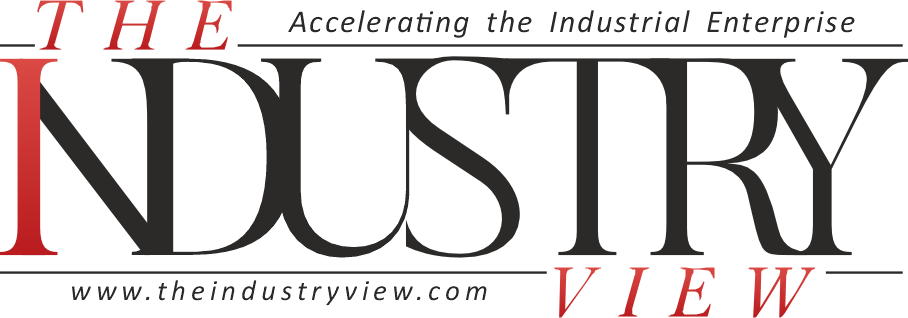According to the city of Minneapolis, new metal plating facilities, foundries, chemical manufacturing facilities, and commercial laundry facilities pose an unacceptable threat to environmental and human health from pollution.
Existing heavy industries, which are prohibited by state law from being forced out of low-income minority neighborhoods, would not be affected by the ban. The Arranging Commission on Monday endorsed the most recent rezoning draft, which is probably booked to go to the City Chamber’s Business, Examinations, Lodging, and Drafting Advisory group on May 16, trailed by the City Board on May 25.
Authorities are redefining the whole city with precedent for the next 24 years to conform to the 2040 Extensive Plan, a development plan to eliminate single-family housing and create “indoor towns” to provide more housing for the homeless. The city, on the other hand, lacks the finances required to meet the plan’s stated goal of lowering pollution levels in some places.
Largest Emitters in Minneapolis
Minneapolis is considering imposing new restrictions on industries with a high impact, possibly including a new industry ban for the entire city. Notwithstanding, existing organizations in low-pay minority areas would be absolved.
There are currently three industrial use zones in the city: low-impact, moderate-impact, and high-impact. Light production, which could co-exist with residential areas like the Northeast Arts District, and heavy production, where zones would shrink, would be reduced by the proposed rezoning.
At Monday’s Arranging Bonus meeting, ecological backers pushed for a correction to preclude grandfathered enterprises from extending in any capacity that would increment emanations. It bombed after Representative City Lawyer Erik Nilsson said the city previously had a cycle to do exactly the same thing.
By the 31st of October, the commission will ask Mayor Jacob Frey to direct staff members to create an environmental justice assessment checklist that would be a part of the permit review process for facilities with moderate or high impacts.
Race “has been the primary indicator for the placements of toxic facilities in Minneapolis,” according to the city’s racial equity impact analysis. This is due to historical discrimination in housing policies that prevented people of color from living in desirable neighborhoods.

